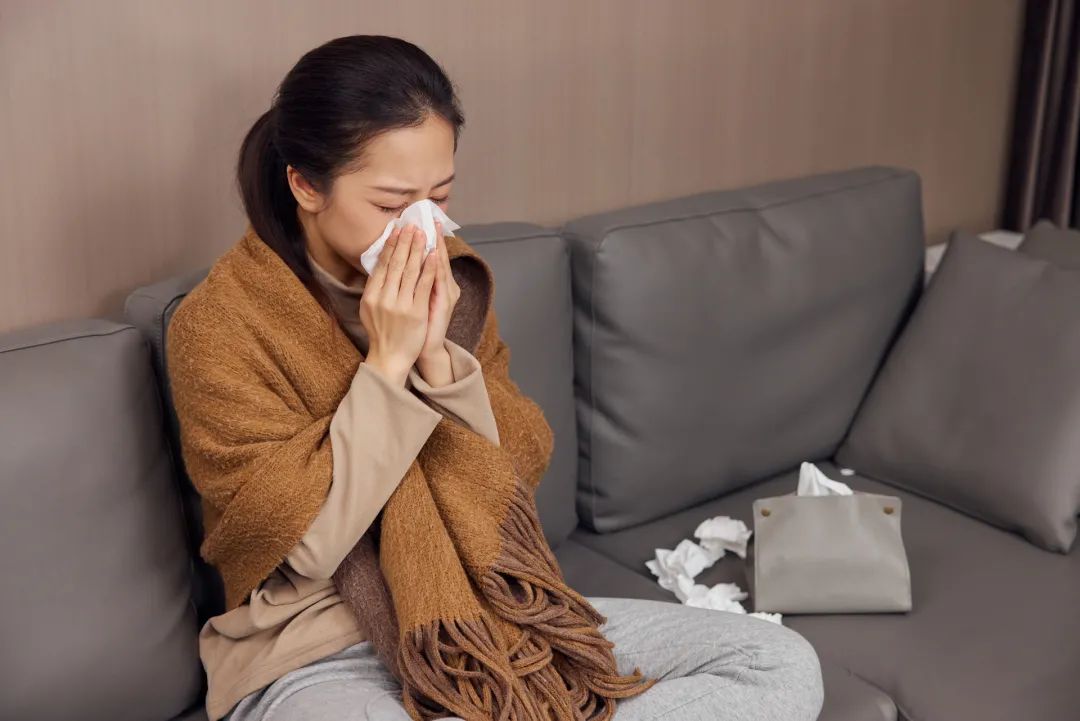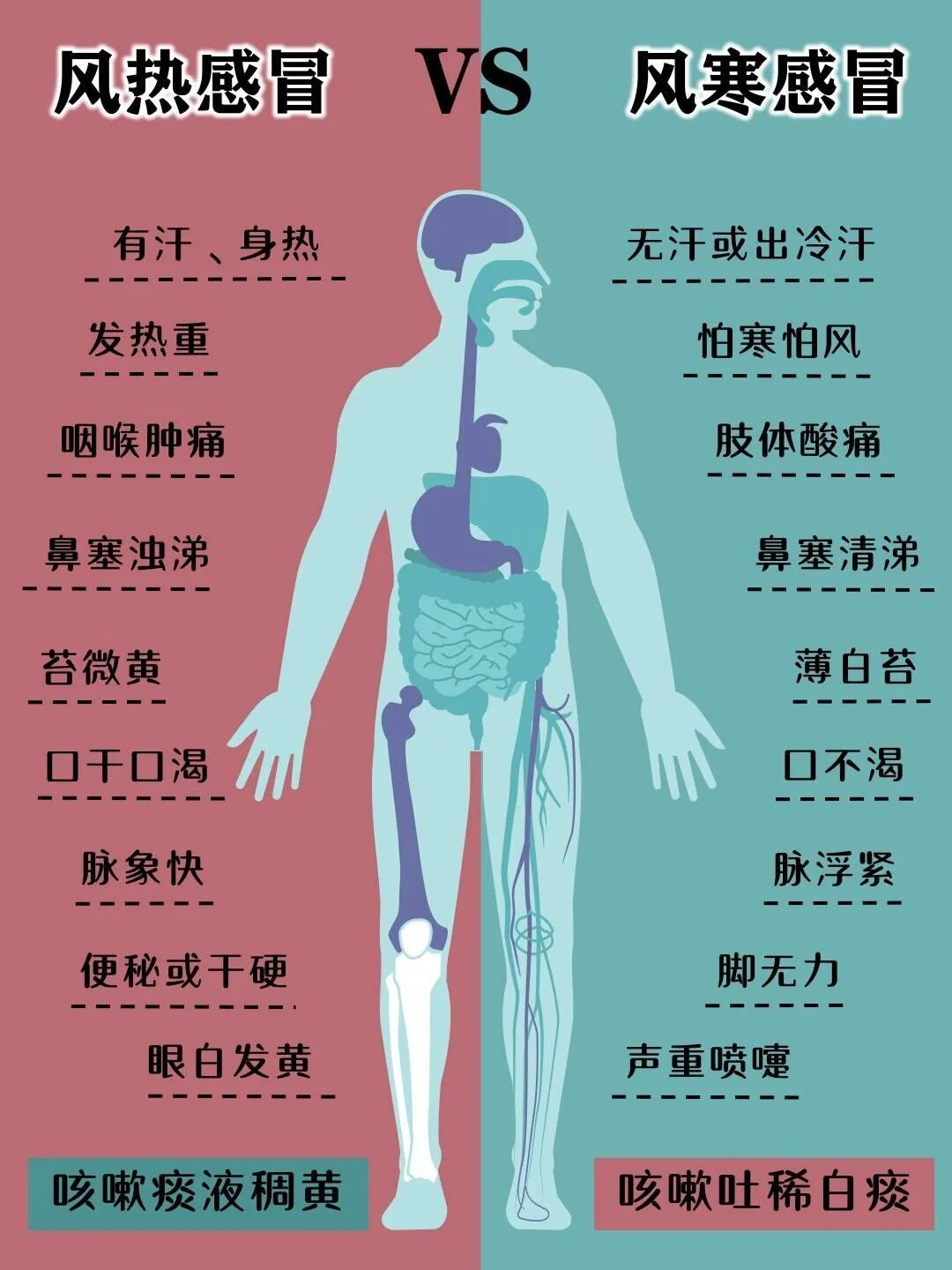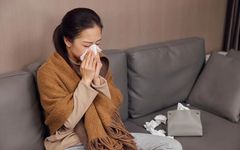Recently, there has been a rise in flu cases, and individuals with weakened immune systems often exhibit cold symptoms during seasonal transitions. It seems that many people have been battling colds year after year since childhood. Recently, some friends have asked me, “I caught a cold, why hasn’t the cold medicine worked?” and “I’ve had a cold for half a month, why am I still coughing?” Many similar questions arise when there is a deviation in treatment, often due to a lack of understanding of the specific nature of the cold before taking medication.
In response to this situation, today I will clarify some knowledge about colds.
I hope that in the future, when you encounter cold symptoms, you can find ways to treat them yourself!

A Chart of Cold Types
Throat itching and pain are key points for distinguishing between Wind-Cold and Wind-Heat syndromes.
Generally, throat itching indicates Wind-Cold, while throat pain indicates Wind-Heat. However, one must rule out cough caused by dryness, as this type of cough, whether due to warm dryness (Wind-Heat Dryness) or cool dryness (Wind-Cold Dryness), can also present with throat itching symptoms.

Treatment for Two Types of Colds
The treatment principles and medications for Wind-Cold and Wind-Heat differ significantly. Taking medication indiscriminately without distinguishing between cold and heat not only wastes energy and resources but can also worsen your condition.
Wind-Cold Cold
Disperse Wind, Scatter Cold, and Open the Lungs
Xiao Chai Hu Granules, Chuan Xiong Cha Tiao San, and Huo Xiang Zheng Qi Water are common Chinese patent medicines for treating Wind-Cold colds. Taking hot baths, soaking feet, and acupoint massage can also provide auxiliary treatment.
-
Acupoint Massage: Massage Feng Chi (Fengchi, GB20) located at the depressions on both sides of the large muscle at the back of the neck, and Ying Xiang (Yingxiang, LI20) at the midpoint of the outer edge of the nostrils, until local warmth and a feeling of soreness or numbness are achieved.
-
Dietary Considerations: During a Wind-Cold cold, it is advisable to consume warming foods such as ginger, scallions, and fermented soybeans, while avoiding sour foods like pickled vegetables, vinegar, hawthorn, and cold foods like melons and fruits.
Two Soups to Induce Sweating and Expel Cold
① Ginger Sugar Water: Boil ginger slices and scallions for 5 minutes, then add an appropriate amount of brown sugar.
② Cilantro and Scallion Soup: Chop cilantro, scallions, and a small amount of ginger, place them in a pot with an appropriate amount of water, and simmer for 10-15 minutes, then strain and drink the liquid.
Wind-Heat Cold
Disperse Wind, Clear Heat, and Soothe the Lungs
Yin Qiao San, Sang Ju Yin, Shuang Huang Lian Oral Liquid, and Ban Lan Gen Granules are common Chinese patent medicines for treating Wind-Heat colds.
Patients with Wind-Heat colds should drink plenty of water and consume a light, cooling diet, favoring cooling foods such as cabbage, white radish, pears, and oranges, while avoiding warming foods like scallions, ginger, garlic, chili, leeks, jujubes, and apricots.
Two Dietary Remedies Suitable for Wind-Heat Colds
① Fritillaria and Codonopsis Steamed Pear: Take one pear, peel and core it, fill it with an appropriate amount of fritillaria, codonopsis, mint, and rock sugar, place it in a bowl with water, and steam until cooked. Eat in the morning and evening for several days.
This remedy moistens dryness, stops cough, and transforms phlegm, especially suitable for the elderly and children with cough, dry throat, and constipation caused by Wind-Heat.
② Mulberry Leaf, Chrysanthemum, and Mint Drink: Use equal amounts of mulberry leaves, chrysanthemum, mint, and bamboo leaves, boil with water, and sweeten with honey to quickly relieve symptoms like fever and headache.
Additionally, there is a type of cold that Western medicine generally refers to as gastrointestinal cold, which typically occurs in summer, with main symptoms of vomiting and diarrhea. In this case, immediately purchasing Huo Xiang Zheng Qi Water is very effective.
In TCM, there are many methods for preventing and treating colds, including herbal formulas, Chinese patent medicines, and various external treatments such as massage. I will share these methods one by one, and you can search for related symptoms here to find the TCM treatment answers you need.

